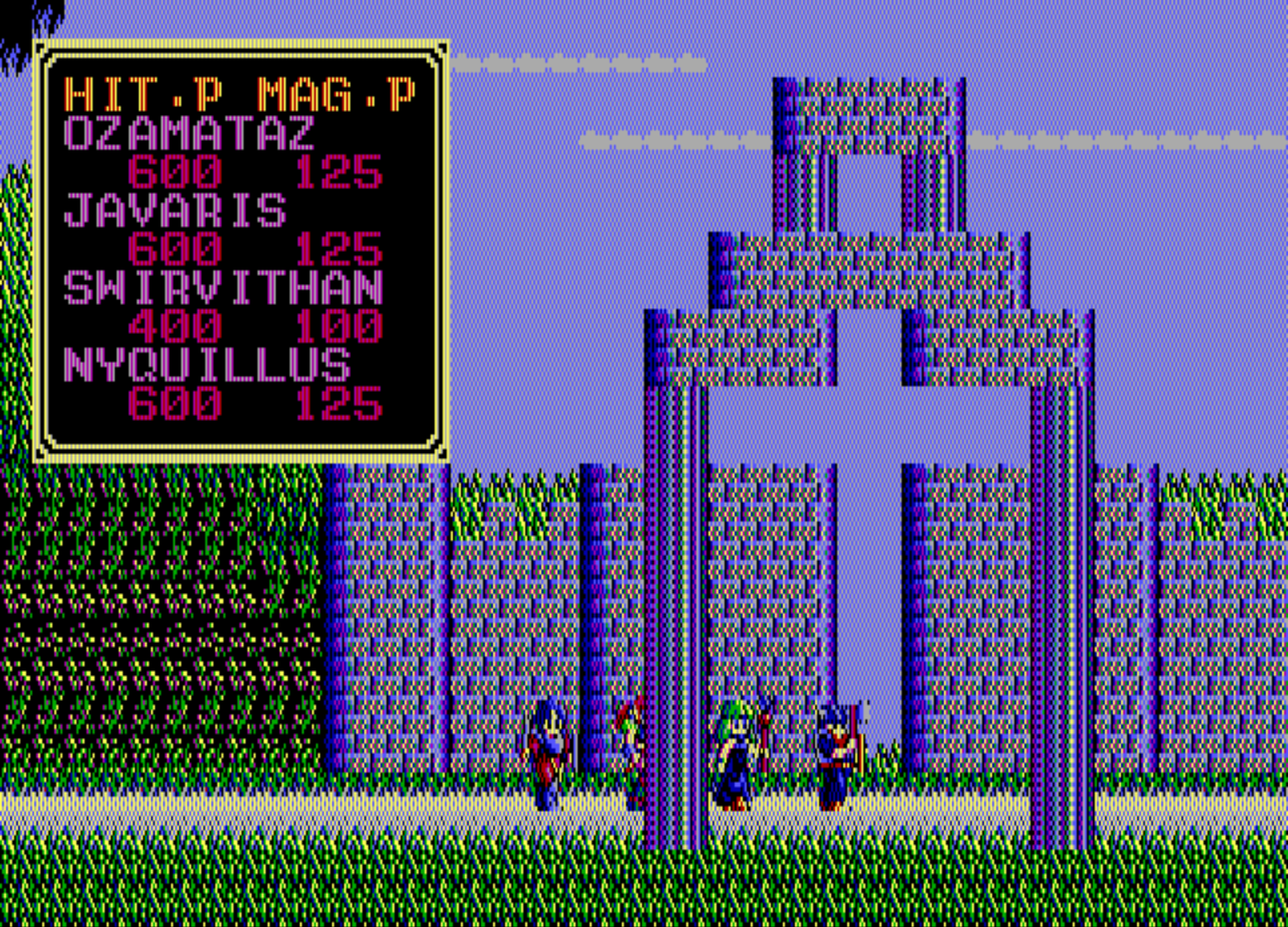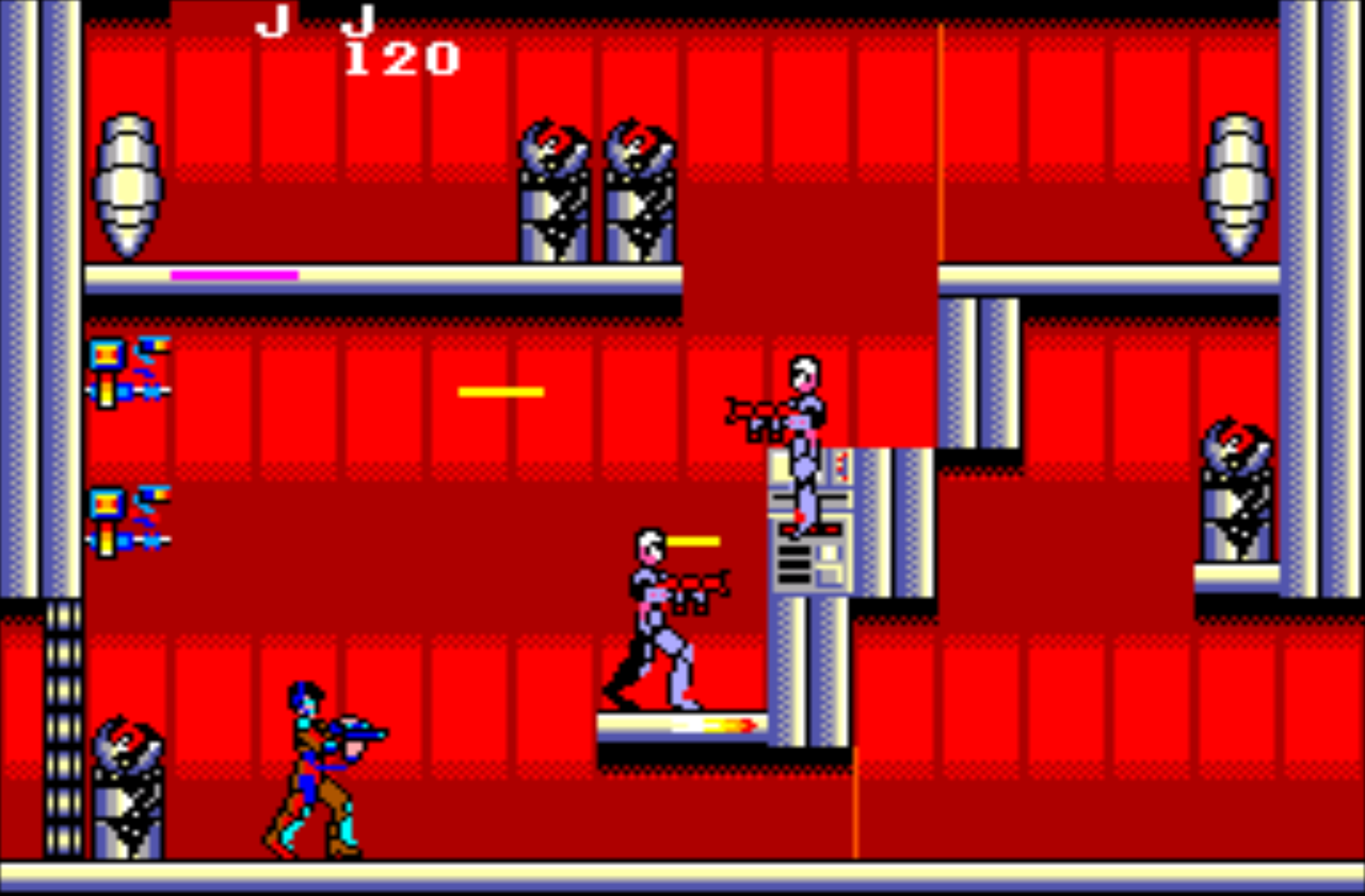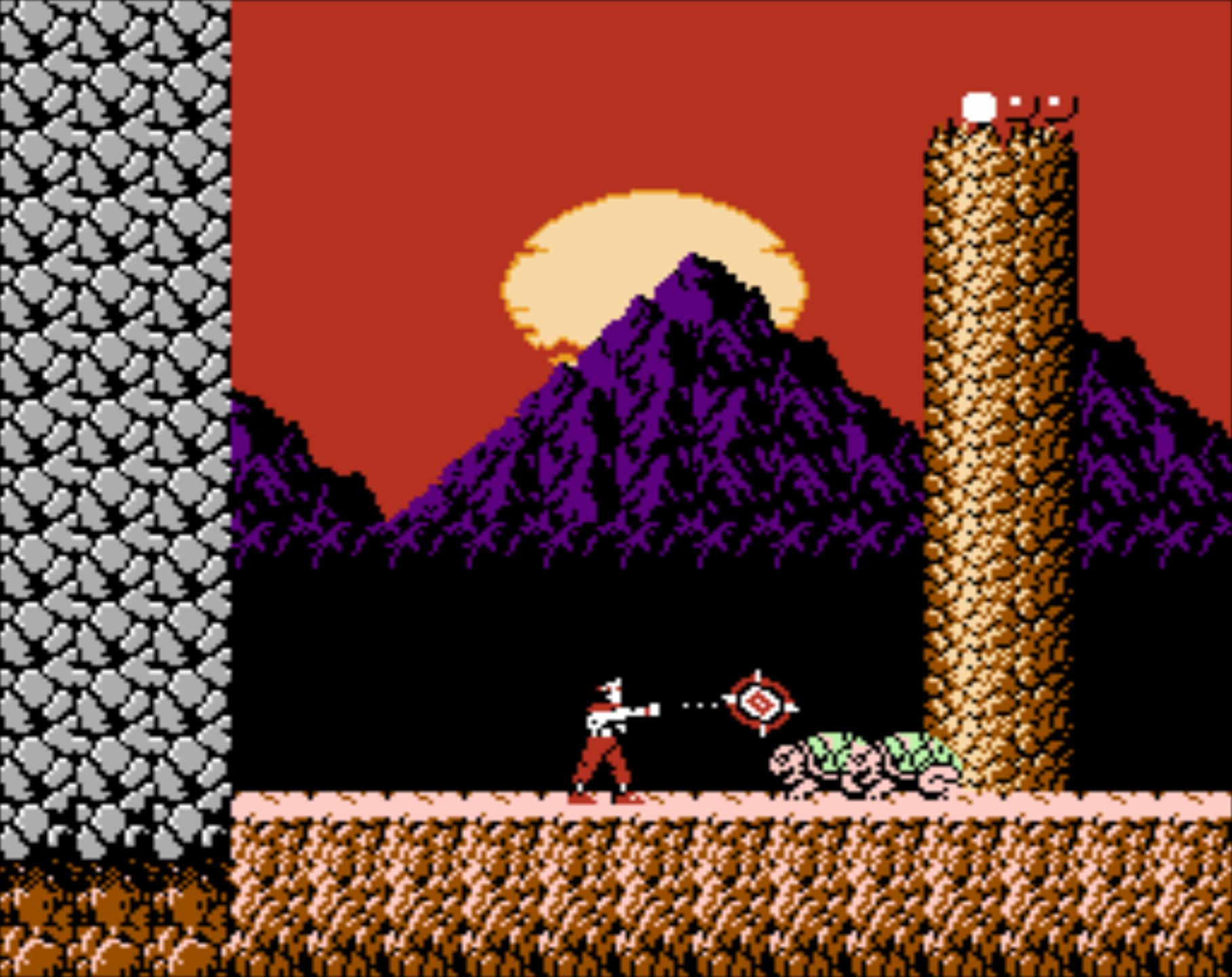
Other History Lessons posts can be found here. If you’re looking specifically for console games, those are here. As always, you may click on images to view larger versions.
I wasn’t planning to cover any of Nihon Falcom’s Dragon Slayer games for this series. The first Dragon Slayer appeared way back in 1984 for the Japanese PC-88 home computer (and, later, other home computers like the PC-98 and FM-7), where it pioneered an action role-playing design in which players explore top-down screens in real time, bumping into enemies to fight them. This design was hugely influential, inspiring the Hydlide series (I covered the third game as part of this blog series) as well Nihon Falcom’s own Ys series (I covered the first two games) and Nintendo’s The Legend of Zelda, which added innovations that arguably spawned a whole new genre. But Dragon Slayer itself sounded quite simple in comparison to these later titles, as well as potentially frustrating due to high difficulty or unclear objectives. And, of course, most of the Dragon Slayer games were never translated into English. So, early on in my planning sessions I decided to exclude them.
Then I read more about some of the later Dragon Slayer games that were eventually localized in English, which sounded much more interesting than I expected. So, I’m breaking from my timeline once again to go back and play a couple of them. The first is Dragon Slayer IV: Drasle Family (that stands for DRAgon SLEyer Family, of course), originally released in July 1987 for the MSX and MSX2 home computer systems, and later ported to Nintendo’s Famicom (for this blog series, it comes after Wonder Boy In Monster Land and before Cleopatra no Mahou in the timeline). Since American players had never seen any of the Dragon Slayer games before, it was renamed Legacy of the Wizard for its official US release on the NES about two years later. It keeps the single-square-sized characters and blocks from the original Dragon Slayer, but reimagines the labyrinthine dungeon as a huge side-scrolling platformer world, in which ledges, pits, ladders, and doors intertwine to create different paths. Players then choose from (and switch between) five playable family members, each with different abilities and usable items, so the entire game becomes a puzzle the family must solve together. Following on from Metroid, which had released about a year earlier, Dragon Slayer IV helped define what would become known as the Metroidvania genre. It sounded fascinating, and I decided I had to try it.
Read More










